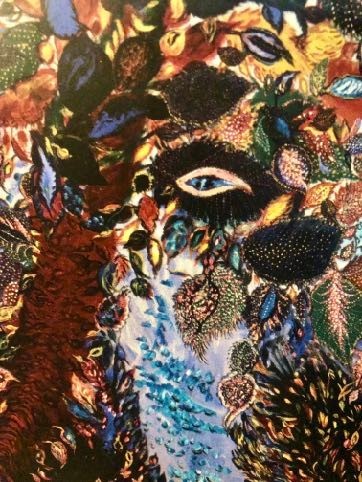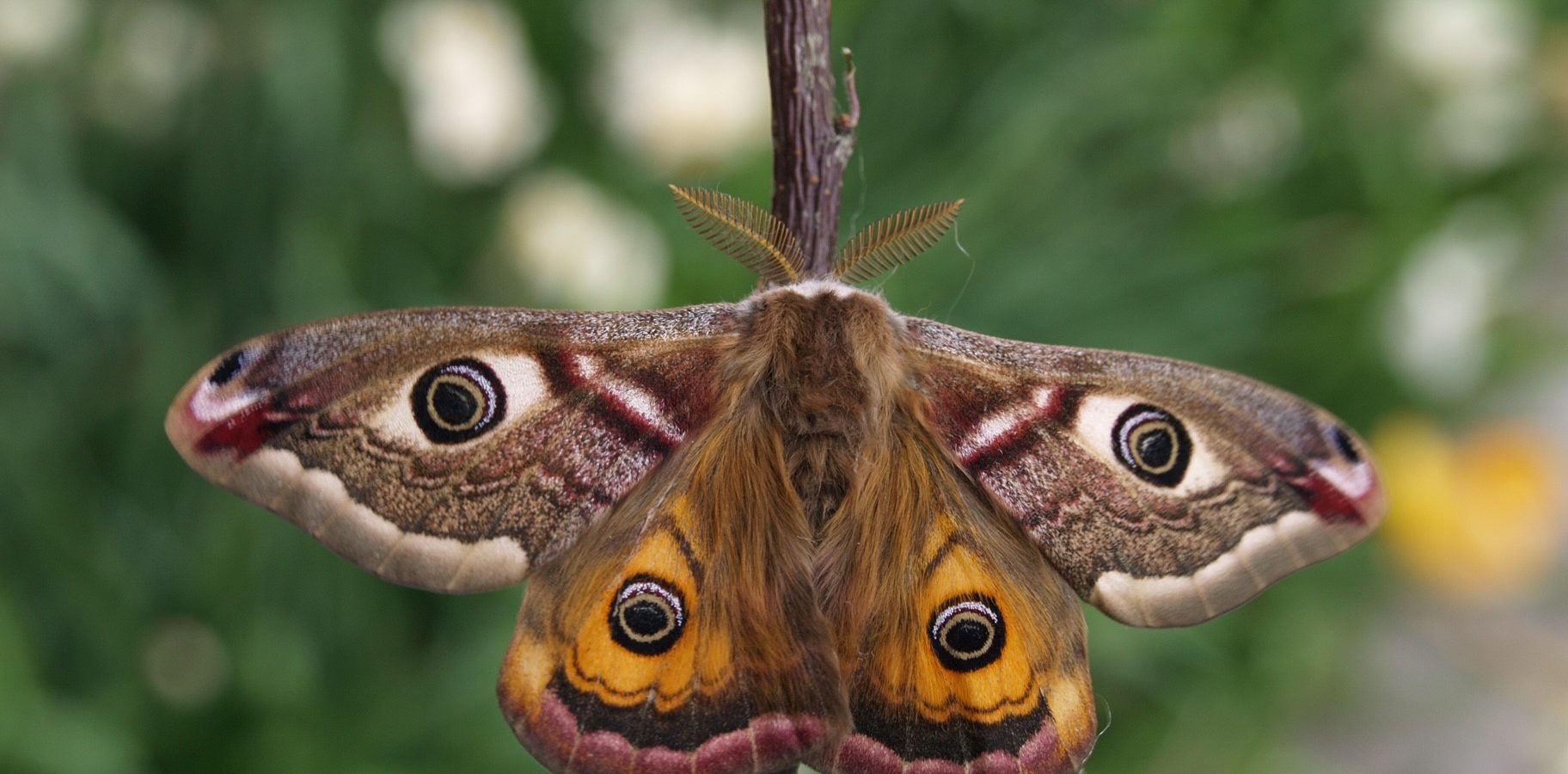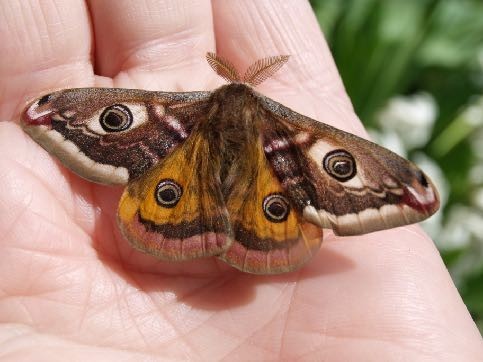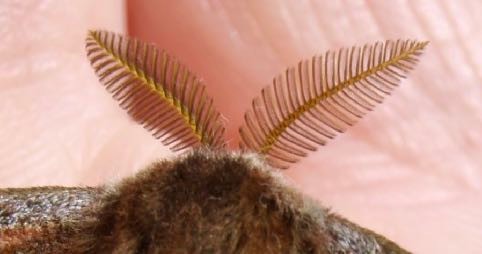(nur auf Englisch)
There is one curious and fascinating thing about this insect called “the small emperor moth”: the male flies during the day while the female flies by night.
Freshly formed, this blinded female butterfly with a wingspan of about 7 cm, disoriented by light, was there, shivering and scared, all crumbled up, out of her silky and golden chrysalis, the only survivor of the blade of mechanical tools on the edge of a mound of tall dry grass.
I felt touched by the grace of this presence, emerging from its cocoon on the day after Saint Chantal’s day. I could see again the countryside of Champagne in the middle of the 20th century, crowded and noisy, where insects, included butterflies, would stay in inviolate and naturally protected habitats.
Yes, memories were suddenly emerging, memories of some incredible characters of Villehardouin, this historical Aube village with many timeless activities that would offer to me, as I was a child, an amazing and unique show that I could learn a lot from.
Villehardouin
Historical village and French family of Champagne origin, a branch of which became famous in the East in the 13th century with Marshal of Champagne Geoffroy de Villehardouin, a French historian and chronicler who took part in the 4th crusade to reconquer the holy places and was famous for the capture of Constantinople (Istambul) Turkey.
I could observe the inhabitants of this ancestral territory on my way to school, thorough the seasons and their many insects, shimmering birds, luxurious hedges, grassy paths with wild plants, sounds, cries, small mossy corners, where it only remains, today, a uniform space and a heavy abnormal silence on asphalt roads and closed houses.
“We are attached to our childhood as we are to our country” – Gaston Bachelard
But past is gone, so let us come return to the rough bark of a branch serving as a resting and drying place for this body in front of me, covered with the mucus of birth.
![]()
The small male emperor moth in the Author’s hand © Yves Meurville ![]()
The pectinate antennae of the small emperor moth look like a comb. This is where it has its sense of smell to find females of its species © Yves Meurville
It was making considerable effort to distribute the blood-like haemolymph in its sore viscera, and until the extremities of amazing fragile veils that it would use tomorrow to fly high and be free after a nine months locked-down metamorphosis.
But the small emperor moth was going to need strength to perfume the air with pheromones, those important sexual messages sent to the only males of the species of this lepidopteran, smaller than the females (Eudia pavonia . Carl Von Linné- 1758).
The males would then rush around in a groggy state, guided by the calling scent captured over a 4 km radius thanks to their robust, comb-like bipectinated antennae.
The wings of these gallant lovers would not stop flapping all through this crazy race for natural selection. These wings are adorned with four concentric lunules that remind of the peacock’s feathers, hence the name of this butterfly, sometimes referred as peacock moth. These shapes are invented by Nature to frighten the birds and are as beautiful as the paintings of that humble housekeeper Séraphine de Senlis.

Séraphine de Senlis was painting at night, hidden in her room after hours of housework. She was painting all sort of shapes, lunules, eyes, leaves, colourful wings of insects. Her impressive and incredible paintings are exhibited in various museum now (Paris, Senlis, in Germany).
For a single virgin female, a hundred males can rush in from the horizon.
They do not follow any road visually, but guide themselves only thanks to their receptors, where lies their sense of smell. This way, they find their path to the hormonal source diffused by these “alacrity dulcineas”, the specific hormone of the species, a silent call that we cannot smell ourselves, but we could see these shimmering males arriving at the end of sunny days in spring.
Their bright and flowery colours, mainly yellow and orange, is like a show of elegance during this fleeting time of fervour and excitement, limited to only a few days to live, without feeding on the nectar of flowers like any other butterfly.
These butterflies with atrophied and therefore non-functional proboscis, which is rare among butterflies, are able to fast like no other. These magnificent pilgrims respond with virtuosity to the invitation of the horizon, and mate on a support rather than in flight, to perpetuate life brilliantly within a few days, before their sudden disappearance.
For these winged lovers, the spring air is a necessary ally. It is amazing to see how constant they were in living this incredible short odyssey scheduled by Nature!
Having watched them closely, I hear myself whisper: “Great, there is still harmony in the world”.
Story to be continued next month
With the authorization of l’Est Eclair / Libération Champagne


